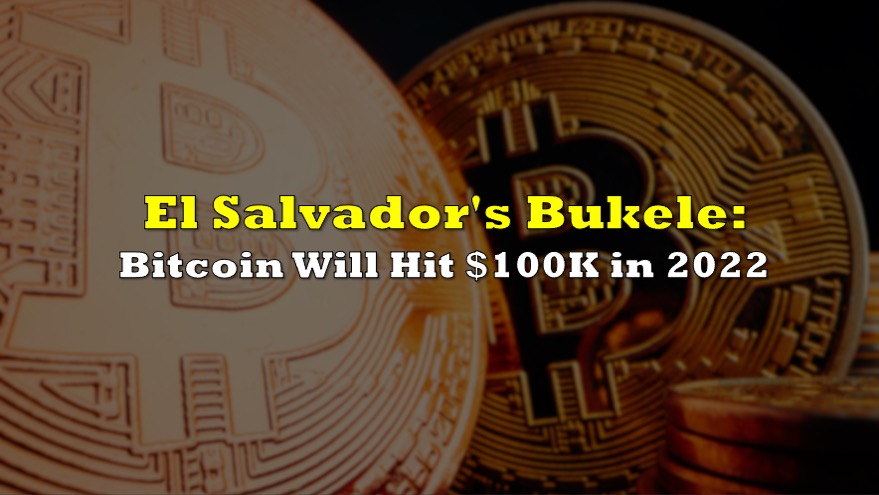MicroStrategy (NASDAQ: MSTR), a company once known for its business intelligence software, has become a lightning rod for controversy as its transformation into a Bitcoin investment vehicle shows signs of unraveling. Spearheaded by co-founder and executive chairman Michael Saylor, the firm’s aggressive bet on Bitcoin has redefined its identity, tying its fortunes to the cryptocurrency’s notoriously volatile market.
Now, with Bitcoin prices faltering and mounting concerns about the company’s financial structure, analysts and investors are questioning whether MicroStrategy’s gamble is sustainable—or if the company is on the brink of collapse.
In 2020, Saylor made a bold decision to pivot MicroStrategy from its legacy software business into an unprecedented Bitcoin acquisition strategy. Since then, the company has amassed 447,470 BTC at an average price of $62,503 per Bitcoin, representing an investment of $27.97 billion. This shift was financed primarily through convertible debt, a high-risk financial instrument that allows debt to be converted into equity under certain conditions.
While this strategy garnered widespread attention during Bitcoin’s rise, it also exposed MicroStrategy to a high degree of risk. Critics argue that the company’s dependence on Bitcoin, coupled with its debt-heavy balance sheet, has made it a precarious bet for shareholders. Financial analysts have been vocal about the potential dangers, warning that if Bitcoin prices were to plummet significantly, MicroStrategy could face a downward spiral of shareholder dilution and asset liquidation.
MicroStrategy’s financial structure has come under intense scrutiny as its stock price, closely linked to Bitcoin’s performance, has faltered. Despite a peak last year when Bitcoin reached $108,000, recent corrections have dragged Bitcoin’s price down to approximately $94,000, causing a corresponding decline in MicroStrategy’s stock.
A critical issue lies in the disconnect between MicroStrategy’s stock price and its actual Bitcoin holdings. At a share price of $430, analyst Alex Kolicich highlighted that investors receive only $0.45 in Bitcoin exposure for every dollar spent on MicroStrategy shares. This discrepancy stems from the company’s reliance on convertible debt, which dilutes equity holders’ exposure as the debt converts into additional shares. Critics argue that this mechanism undermines the company’s claim to be a leveraged Bitcoin play, leaving shareholders with diminished exposure to the cryptocurrency.
The tax inefficiency of MicroStrategy’s structure further compounds these challenges. Unlike Bitcoin ETFs, which allow gains to pass through to investors without corporate taxation, MicroStrategy operates as a C-Corporation, subjecting it to double taxation. This structural inefficiency erodes returns for investors, making the company less attractive compared to other Bitcoin-focused investment options.
This was a really good thread outlining what $MSTR is and isn't.
— Thomas George (@thomasg_grizzle) January 5, 2025
As more investors come to the realization that $MSTR isn't a high beta play on $BTC we'll see capital migrate to other bitcoin levered equities – $GLXY being the greatest beneficiary. $MSTR is broken BTC beta. https://t.co/oOUCRKBz2Q
Saylor’s unwavering confidence in Bitcoin has been both a rallying cry for crypto enthusiasts and a source of contention among financial experts. His recent claim that Bitcoin offers “60% risk-free returns” annually has sparked widespread criticism. Saylor’s framing of Bitcoin’s volatility as a feature rather than a flaw has resonated with some investors, but others see it as a reckless oversimplification of the risks involved.
Peter Schiff, a prominent Bitcoin skeptic, accused Saylor of misleading investors by portraying Bitcoin as a guaranteed investment. “The SEC has rules that specifically prohibit guaranteeing returns, especially ones described as ‘risk-free,’” Schiff said. Critics argue that such statements gloss over the practical risks of Bitcoin, including regulatory challenges, market volatility, and liquidity concerns.
$GLXY is the new $MSTR, the levered house of cards on full display https://t.co/EjXmCSg2KY
— Thomas George (@thomasg_grizzle) January 5, 2025
For Saylor, Bitcoin represents the ultimate store of value and a hedge against inflation. But for MicroStrategy, this ideological commitment has transformed into a financial gamble with potentially catastrophic consequences. The firm’s overvaluation, debt dependence, and exposure to Bitcoin’s volatility have left it teetering on the edge, raising serious doubts about its long-term viability.
Information for this briefing was found via the sources mentioned. The author has no securities or affiliations related to this organization. Not a recommendation to buy or sell. Always do additional research and consult a professional before purchasing a security. The author holds no licenses.









